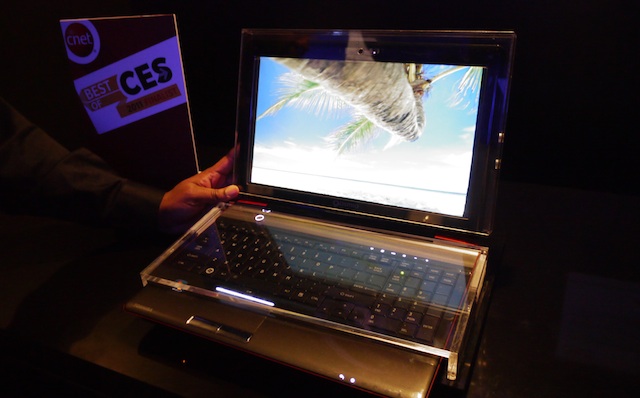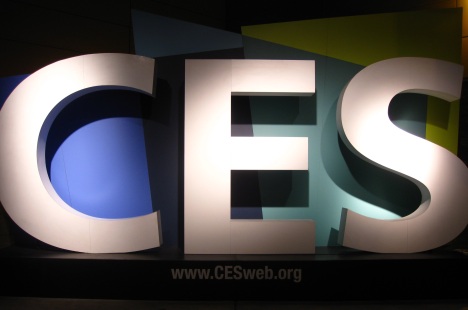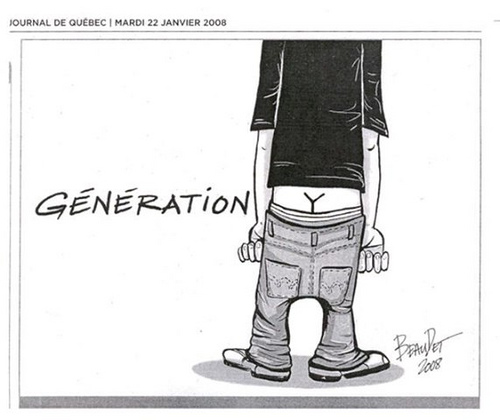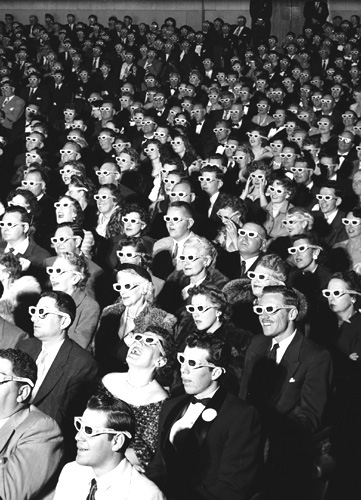Virtual Rewards Become A Bigger Reality
Not to say that we called it but....we called it.
A while back, we had a Merchandise Monday post about using elements from social games as incentives.  We discussed how using virtual goods as redemption options would eventually be a viable option for many rewards programs. Our post focused mainly on usage in employee recognition programs, redeeming for virtual items on Farmville instead of other low-cost, low-point types of tangible items.
We discussed how using virtual goods as redemption options would eventually be a viable option for many rewards programs. Our post focused mainly on usage in employee recognition programs, redeeming for virtual items on Farmville instead of other low-cost, low-point types of tangible items.
According to a recent Mashable report, Zynga (creators of FarmVille and Mafia Wars) has embarked into this virtual rewards concept internally by offering players a new option called RewardVille. The concept is this: for playing in certain Zynga games, players earn zPoints. These zPoints help players hit certain zLevels. As players move up to new zLevels, they are rewarded with zCoins (a lot of zTerms isn't it?).
So what's cool about zCoins? zCoins are redeemable for in-game items. So if someone needs an extra tractor for FarmVille, those zCoins would help reward their loyal play.
Even gamification specialists like Zynga recongize the need to implement some sort of rewards system to drive loyalty. In addition to the new RewardVille plan (which is still in beta as of now), Zynga's social goods have drawn interest of other marketers. AmEx started letting their card users to redeem their rewards points for Zynga virtual goods. In addition, retailers like 7-eleven, Best Buy and Target sell gift cards to buy points used as virtual currency.
Just because consumers can't tangibly hold the reward doesn't mean it won't be popular. What do you all think? Will we see an increase in virtual rewards?








